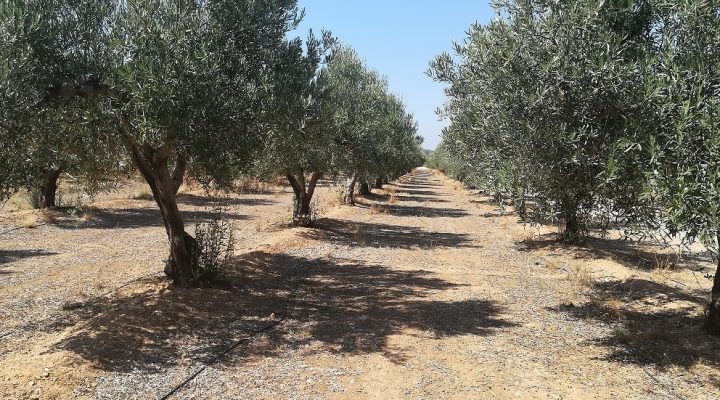The Planet’s surface is a dynamic, fast-paced canvas painted by the draws of nature. Among most of these, erosion plays a vital role, not only in shaping vistas but also in revealing the exact secrets of our planet’s age-old past. This article delves in to the fascinating world of erosion scientific research and how it helps us come across the geological history for Earth.
The Role of abrasion in Earth’s Geological History
Erosion is the process of having on away rocks, soil, and also other earth materials by purely natural elements such as water, wind turbine, and ice. While typically perceived as a destructive drive, erosion is a key ingredient in the Earth’s natural pattern, contributing to the formation and also evolution of landscapes. Them click here for more exposes the underlying strata with rocks, offering a windows into the geological past.
Revealing the Past Through Erosion Behaviours
Geologists study erosion habits to understand Earth’s history. For example , the Grand Canyon’s made clear to you layers reveal a cross-section of geological time, showcasing rocks that are billions of years. These patterns allow experts to reconstruct past situations, climate conditions, and even the activity of tectonic plates.
Techniques in Erosion Science
Stratigraphy: This calls for studying rock layers (strata) and their sequence. Erosion commonly exposes these layers, furnishing insights into the chronological buy of geological events.
Radiometric Dating: When erosion unearths previously hidden layers, analysts can use radiometric dating attempt determine the age of rocks, thereby piecing together the chronological sequence of geological occasions.
Paleontology: Erosion often presents fossilized remains of indoor plants and animals. Studying these fossils helps scientists understand evolution of life plus past ecological conditions.
Rural Sensing and Aerial Digital photography: These techniques are used to recognize erosion patterns and geological features from above, offering any macro-perspective of the landscape.
Pc Modeling: Advanced software designs predict how landscapes will certainly evolve under various chafing processes, helping to reconstruct prior environments and predict near future changes.
Erosion and the Scenario of Earth’s Climate
Fretting science has been instrumental in understanding Earth’s climatic history. In particular, sediment layers carried plus deposited by glaciers offer you clues about past snow ages and climate adjusts. Similarly, the study of land erosion patterns helps reconstruct historical weather patterns and their impacts on landscapes.
Important Discoveries Through Erosion Discipline
Ancient River Systems: Eroded landscapes have revealed extinct river systems, such as those on the African continent, presenting insights into historical climatic conditions and human migration habits.
Dinosaur Fossils: Erosion throughout areas like the Badlands involving North America has uncovered a lot of dinosaur fossils, shedding lumination on the creatures that after roamed our planet.
Impact Craters: Erosion has exposed impact craters, like the famous Chicxulub crater in Mexico, for this mass extinction event which wiped out the dinosaurs.
Important Sea Levels: Coastal erosion reveals sequences of coro and sediment layers, providing historical sea levels and even helping scientists understand recent oceanic conditions.
Challenges and even Future Prospects in Fretting Science
Despite its achievements, erosion science faces issues. Climate change is altering erosion patterns, complicating the particular interpretation of geological informations. Human activities like deforestation plus urbanization are also changing the very natural course of erosion, perhaps obscuring historical data.
The future of erosion science lies in the mixing of advanced technologies such as AI and satellite image with traditional fieldwork. This can enhance our ability to translate erosion patterns and reconstruct Earth’s history with bigger accuracy.
Conclusion
Erosion scientific disciplines is a vital tool in your quest to understand the Earth’s former. Through the study of eroded landscapes and exposed geological layers, scientists can reconstruct the planet’s history, from formation of continents towards evolution of life. Grow older continue to face environmental troubles, the insights gained from erosion science will be essential in shaping our comprehension of Earth’s dynamic system plus guiding future conservation initiatives. This field not only reveals the past but also helps us anticipate and prepare for future changes in our planet’s delicate geological story.











Compartir